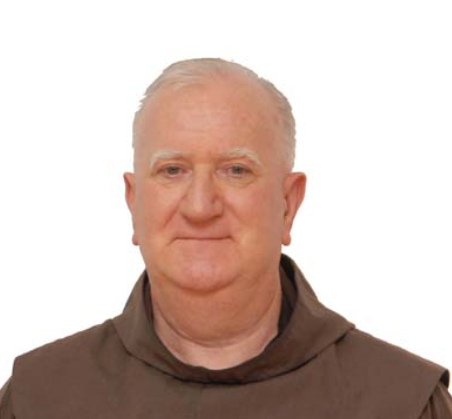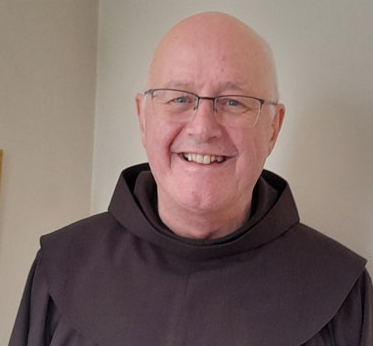There is a story told about the one-time Archbishop of Dublin, John Charles McQuaid, presiding at a ceremony in the Dublin friary. Processing up the aisle, he noticed something odd about the crucifix over the altar. It featured the person of Christ as usual, but (unusually) He was portrayed as a priest in full vestments!
This caused such annoyance to the pious cleric that after the ceremony, he ordered the Guardian to remove the offending item, insisting instead on the traditional image of the semi-naked Jesus.
I remember that cross well as it was moved into the community refectory where it hung for many years over the top table, where it caused no offence to anyone!
Why would an archbishop be so scandalised at the idea of Christ the High Priest dying on the cross? After all, it is a prominent theme in the Letter to the Hebrews which is being read at daily Mass over the past few weeks.
Jesus is the true high priest who replaces the ineffectual sacrifices for sin, offered year after year by the Jewish high priest entering the Holy of Holies in the Temple, by offering His own body. This is the lamb of God who literally takes away the sins of the world, once and for all!
His crucified body is the veil through which we enter into God’s Kingdom, for we are truly members of His body, sharing in his priesthood.
It takes time for the early Christians to think of Our Lord as a priest. He certainly didn’t fit the role as understood by the Jews, as he didn’t come from a priestly family like his cousin John. Priests in those days had a very narrow role, confined to the Temple in Jerusalem. They were not known for their preaching and teaching, which was the job of the scribes and lawyers.
When Jesus asks, “Who do people say I am?” the answer centres on his being like a prophet, not a priest. And to cap it all, why consider Jesus as a priest, when it was the priests who condemned him to death? On reflection, however, people, like the author of Hebrews, reconsidered this position and came to the conclusion that if priests were like Jesus, it wouldn’t be so bad after all! Indeed, we can say that Jesus redefines priesthood for all time and is the model for all priests.
It is in the light of the suffering servant priesthood of Jesus that Pope Francis criticises what he calls “clericalism” in the Church. This abuse is characterised by a seeking after power by some clergy, a refusal to respect lay people and their opinions, and an imposition of their own point of view whenever possible.
Clearly, Pope Francis himself is a model of the true priest like Our Lord in his down-to earth-style of leadership, his stress on mercy, and his refusal to lord it over others.
Let us pray that all priests who hear the words of the Letter to the Hebrews in these days will take to heart this message of the redefinition of priesthood by Jesus of Nazareth for all time and bring their lives into line with his perfect example.
Here in Multy this week, the high point has been the visit of our Minister Provincial, Fr Aidan. Every three years, each community of the Province is visited officially in preparation for the Chapter meeting, which will review the work of the past triennium, while also looking forward to what needs to be done in the subsequent years. This time, the Chapter will be held in August in the Dromantine Conference Centre, outside Newry, County Down.
On Thursday and Friday, Fr Aidan met each friar personally, as well as inspecting the books to ensure that everything is above board.
We are grateful for the lovely, encouraging visit from our dear brother Aidan and ask God’s blessing on his continuing ministry to the Franciscan family.


During the visit, we also heard the good news that a fellow novice of Aidan’s, Michael Lenihan, ofm, who became a missionary in Central America, has been appointed Archbishop of San Pedro Sula, in Honduras.
After his ordination in 1980, Michael’s first appointment was as spiritual director to the students of the College here in Multyfarnham! God bless Archbishop Michael in his new diocese.
Kieran ofm
